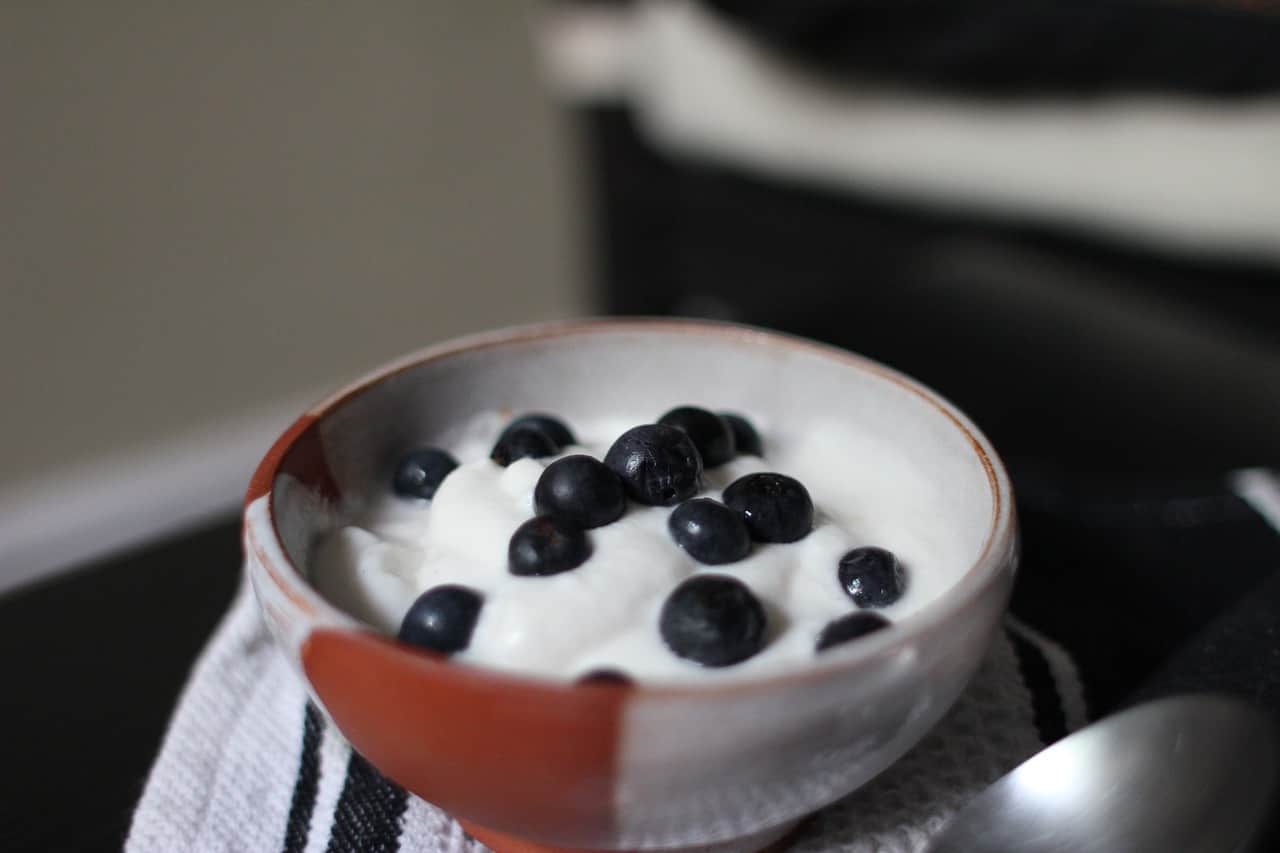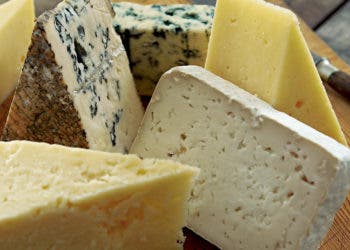Plant-based yogurts are not only better for the environment than dairy-based ones but they might also be better for our health — at least the almond-based one. Researchers at the University of Massachusetts did a nutritional evaluation of yogurts on the market in the US and found the almond milk one ranked on top.

The dairy industry has a considerable impact on the environment due to its greenhouse gas emissions, use of water resources, and land requirements. Global livestock production is estimated to contribute 14.5% to the total anthropogenic greenhouse gas (GHG) emissions worldwide. Out of that, dairy production is responsible for about a third. Look at it this way: if dairy was a country, only the US, China, and India would have more emissions than it.
Yoghurt makes up a significant chunk of that — not the largest, but still significant. In the US, about 6.3% of all dairy consumed is in the form of yogurt. In 2021, consumers spent $9,2 million on yogurts, while the plant-based yogurt market is valued at $1,6 million.
By now, we’re all familiar with non-dairy milk replacements. But yogurt replacements are also coming in.
Plant-based yogurts have been described as a more sustainable alternative to dairy yogurt. They emit fewer greenhouse gases and require less land than the production of dairy yogurts. A report found that among American yogurt buyers, fewer than one-half saw plant-based yogurt as more environmentally friendly than dairy yogurt.
But it’s not just about the planet. According to recent research, plant-based yogurts may also be healthier for you. In their new study, the researchers were interested in comparing the nutritional values of plant-based and dairy yogurts, an area of research they found to be lacking. “Plant-based diets are gaining popularity, especially in American culture, but just because it’s plant-based doesn’t mean it’s more nutritious,” Astrid D’Andrea, the lead author, said in a statement.
Looking into plant-based yogurt
While plant-based yogurts have less total sugar and more fiber than dairy, they also have less protein, calcium, and potassium, D’Andrea said. But the trade-off is favorable.
“When looking at the overall nutrient density, comparing dairy yogurt to plant-based yogurt, with the nutrients that we looked at, almond yogurt has a significantly higher nutrient density,” she added.
D’Andrea worked with her team to collect nutritional information for over 600 yogurts, launched between 2016 and 2021. They used the Nutrient Rich Foods Index, which assigns scores based on the nutrient density of the food. This allowed them to compare the nutritional density of yogurts based on nutrients such as protein, fiber, iron, total sugar, and sodium.
Of the yogurts analyzed, 159 were full-fat dairy, 303 low- and nonfat dairy, 61 coconut, 44 almond, 30 cashew and 15 oat. The researchers used the Nutrient Rich Food (NRF) index to rank them from the highest to lowest nutrient density: almond, oat, low- and nonfat dairy, full-fat dairy, cashew, and coconut. They linked the high scores of almond and oat yogurts to their low levels of sugar, sodium and fat.
It’s noteworthy that researchers didn’t really look at soy yogurts, and there aren’t that many soy yogurts on the market. But in terms of plant-based milk, soy is the healthiest.
Looking ahead, the researchers believe the study’s findings can be used by the food industry to improve the formulation and nutritional composition of plant-based yogurts. One option would be creating a hybrid yogurt that is both plant- and dairy-based, they said. This would add protein and calcium while reducing sugar, fat and sodium.
“Going from dairy all the way to plant-based is a big change. There are changes in the nutritional profile, and there’s change in the sensory profile, which might prevent consumers from trying it,” Alissa Nolden, study author, said in a statement. “Blending provides a complete protein, and the dairy part helps to form the gelling structure within the yogurt.”
The study was published in the journal Frontiers in Nutrition.






